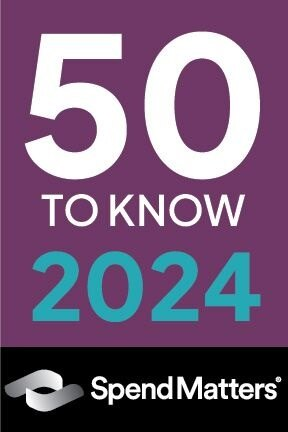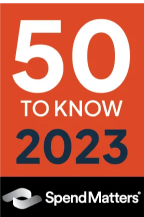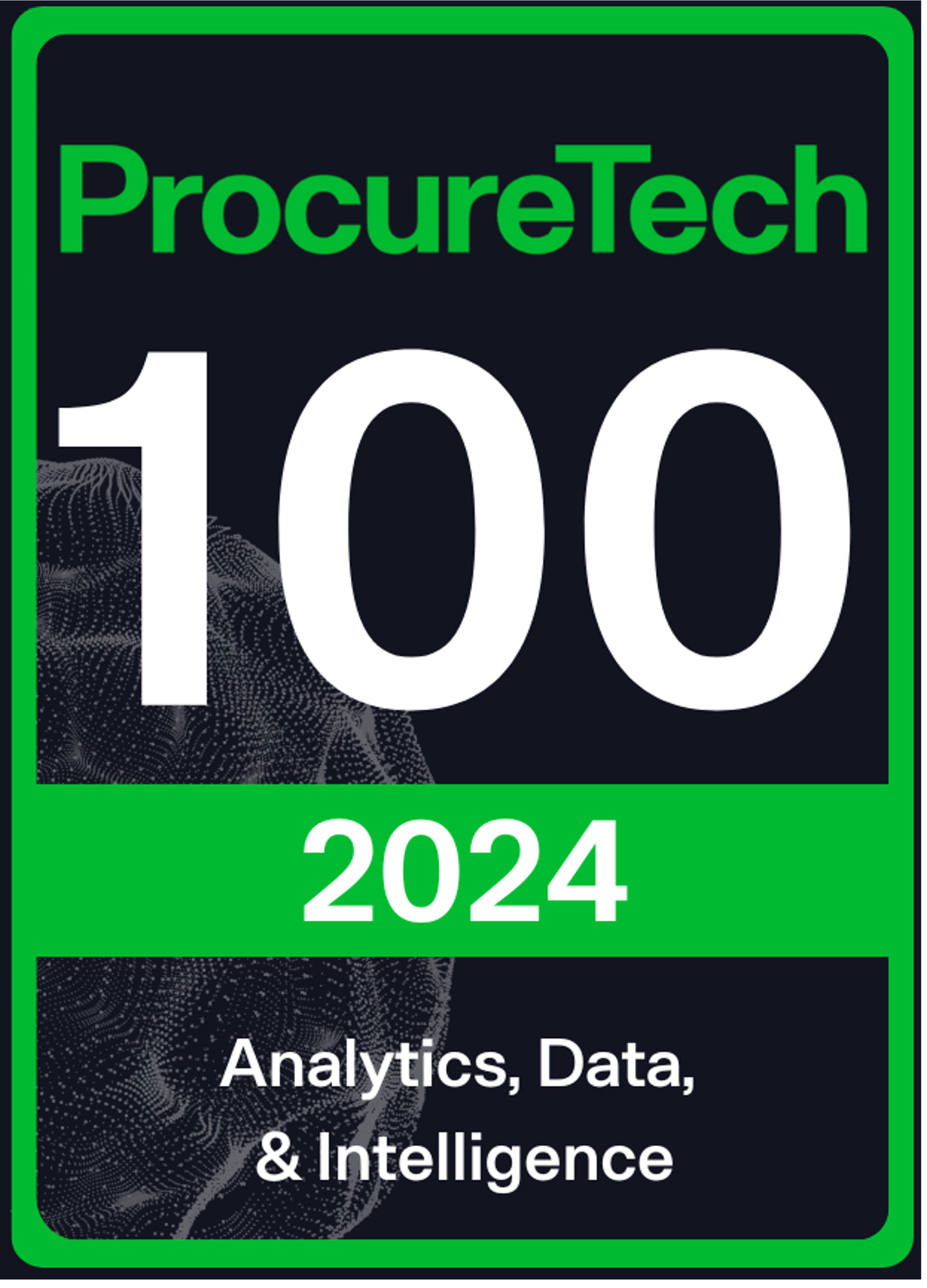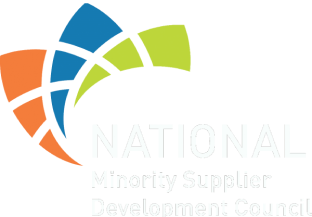The latest blog based on Beroe’s Future Vision report, “Artificial Intelligence: Real Decisions” examines how organizations can move beyond using AI just as a tool, and start to see it as a key collaborator in improved procurement decision-making.
The use of AI across the procurement function has evolved rapidly. This blog explores the rise of AI agents that don’t just recommend what you should do, but actually execute tasks such as negotiating, monitoring risk, and advising on sourcing in real time. But the story shouldn’t just be automation, rather it should be about augmentation. At the heart of this shift has to be a Human-in-the-Loop (HiTL) model, where AI can handle the scale and speed of sourcing and analyzing data, while humans bring judgment and context. AI with HiTL can ensure transparency, build trust, and transform AI from a black box into a trusted collaborator.
From insight to action: The rise of AI agents in procurement
While AI is already reshaping how procurement teams’ access and interpret data, a new class of capability is emerging – one that goes beyond assistance and into execution. New autonomous and semi-autonomous AI agents can not only provide recommendations but also take actions within defined boundaries.
What’s more, this isn’t a far-off application, or a speculative use case. According to the most recent BCG IT Spend Survey, 67% of organizations are considering autonomous agents as part of their AI transformation.
What makes an AI agent different?
Unlike standalone AI tools or dashboards, agentic AI has four key attributes:
- Observation: It ingests structured and unstructured data in real time
- Memory: It retains historical interactions and decision context
- Reasoning: It interprets inputs, simulates options, and weighs trade-offs
- Action: It can trigger workflows, send alerts, generate content, or even make autonomous decisions (with governance in place).
These agents are designed to operate on behalf of procurement professionals; observing, reasoning, and acting within workflows to speed up routine decisions, simulate scenarios, or even negotiate in real-time. AI agents can proactively support, and even execute, specific tasks across sourcing, risk management, supplier selection, and compliance.
Current and emerging procurement use cases for AI agents
Negotiation assistants
AI agents that simulate negotiation outcomes, suggest optimal levers, or interact with suppliers through pre-approved templates. These agents can adapt tactics based on historical outcomes, supplier behavior, and contextual variables. One such example is Beroe’s nnamu, which uses game theory and market dynamics to recommend optimal pathways and conduct the negotiation.
Contextual research assistants
Agents embedded within procurement platforms that provide real-time answers to user queries, deliver relevant insights from across datasets, or synthesize updates from hundreds of sources into a single recommendation. In this scenario, a category manager preparing a supplier review might ask an AI-powered digital market analyst agent such as Beroe’s Abi a question like, “Has this supplier had any negative risk events in the past six months?”
Risk monitoring agents
Always-on monitors that scan for disruptions, compliance violations, or financial red flags across global news, filings and datasets. The AI agent then assesses and ranks the risk implications for specific suppliers and categories.
Sourcing advisors
Agents that help users select suppliers by comparing historical performance, compliance records, delivery timelines, and market pricing. These AI-powered advisor agents can run trade-off simulations based on weighted criteria to support intelligence-backed sourcing decisions.
The human-machine partnership
The introduction of AI into procurement decision-making marks a significant evolution in how the function operates. But it does not signal a transfer of control from human to machine. Rather, it represents the emergence of a new kind of partnership in which machines amplify human judgment, and humans shape how machines learn, reason, and act.
At Beroe, this philosophy is embedded in every AI capability we build. In certain use cases, artificial intelligence can be most powerful, and most valuable, when it operates within a Human-in-the-Loop (HITL) framework.
In practice, this means that procurement professionals remain at the center of the process, setting priorities, validating recommendations, interpreting outputs, and
making final decisions. AI supports and expedites this process by gathering the right data, surfacing relevant insights, and proposing options. Critically, it never removes the human’s right to challenge, override or redirect.
This model is not just about safeguarding control. It’s also the key to building adoption, trust, and long-term impact. When procurement teams can see how and why an AI system has reached a particular recommendation, confidence grows. When escalation paths, approval thresholds, and governance rules are clearly defined, AI can move from being a novelty to being a dependable teammate. When systems are designed to explain rather than obscure reasoning, users are far more likely to engage, experiment, and rely on AI support in higher-stakes decisions.
The HITL approach also allows AIs to learn from human behavior in meaningful ways, and to interact accordingly. When a procurement manager overrides a risk alert or adjusts a supplier shortlist, those decisions become feedback signals for the AI system. Over time, these inputs help shape smarter models, ones that can better reflect the organization’s context, preferences, and priorities. As systems are exposed to more use cases, more feedback, and more domain nuance, they become more sophisticated in what they can offer – not just information retrieval, but proactive support. In controlled environments, with proper safeguards, they can begin to take action on their own, executing routine tasks, triggering workflows, or initiating engagement. This frees procurement teams to focus on strategic, creative, and high-impact decisions.
The result is not just faster decisions, but better ones. The machine handles scale, speed, and structure. The procurement expert brings context, judgment, and intent. Together, they deliver a model of procurement that is smarter, more resilient, and better aligned with the pace and complexity of modern business.
Human-in-the-Loop approach ensures:
- Transparency
Users can see how and why a decision or suggestion was made
- Governance
Rules, thresholds, and escalation paths are clearly defined
- Trust
Adoption increases when agents act more like copilots than black boxes
“Artificial Intelligence: Real Decisions” explores how leading procurement teams are using AI today to strengthen decision-making across key domains spanning insight generation and risk forecasting to supplier engagement and strategic sourcing.
Related Reading

03 Dec, 2025
Navigating Inflation in a World of Volatility: How Procurement Can Move from Firefighting to Strategy











